Living Space | Dining Area | Home-Office | Kids Room | Bedroom | Bathroom | Kitchen Walls | Guest Room | Suggestions | Bottom-Line | FAQs
Read this article to learn how to select paint colours for your walls to make your home look fantastic.
We are in awe of the power that colours have to transform environments and the way that they can add beauty to any setting in which they are used.
Choose colours that will give the impression that there is more space in the room, develop a colour scheme that coordinates well with your furniture, and so on. Your house is your own space, and as such, you ought to make every effort to ensure that it has an appearance that is nothing less than astonishing.
We have compiled a helpful guide with up-to-date and fail-safe colour suggestions for the walls of each room in your house so that it feels more like a home to you and your family. Get started on your reading!
Living Space
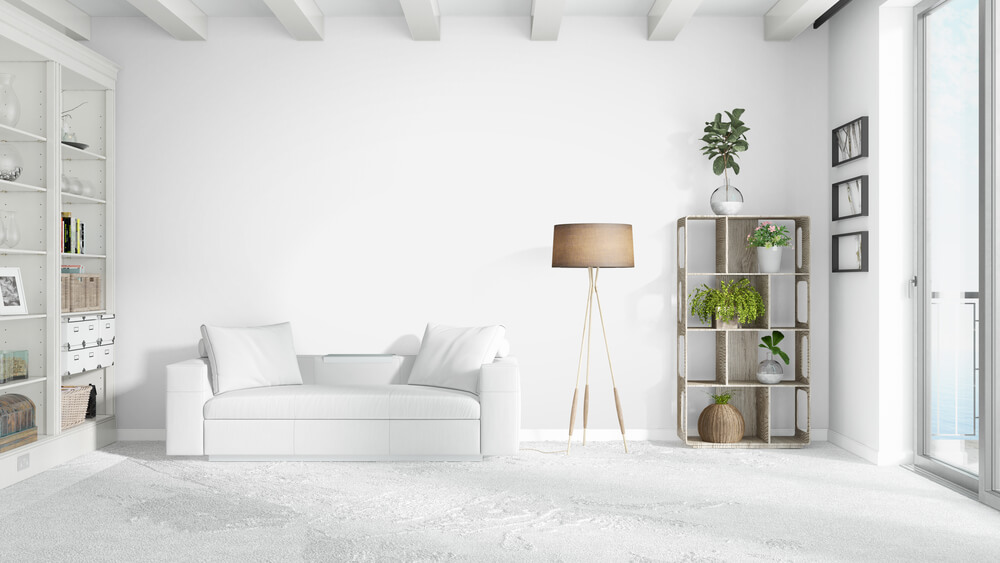
It would be a good idea to select earthy and neutral hues for this area, such as French Vanilla, cream, emerald green, or the standard tones of beige and grey. These colours would work well together.
Because it is the part of the house that is utilised most of the time, your living space is almost certainly the most important part of your home. Because this is the area in which you will be hosting your lively gatherings and commemorating significant milestones, both big and small, choosing the appropriate hues for this space is an essential step that you must take.
These days, an increasing number of lavish homes opt to use darker tones to inject an element of surprise into the interior design of their living areas.
Dining Area
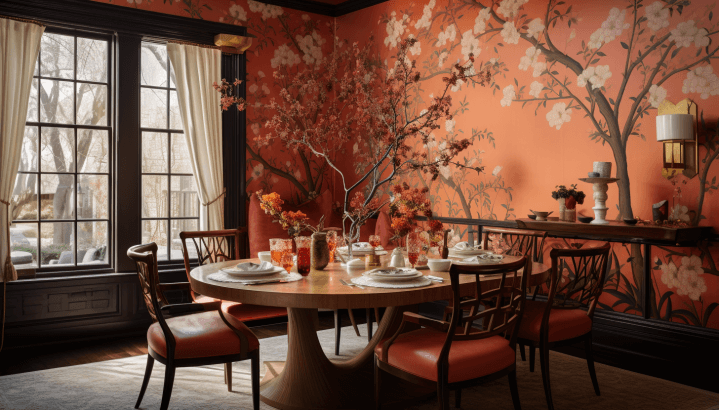
Your dining room is the ideal setting for displaying your gastronomic prowess by producing mouthwatering meals that are representative of a variety of cuisines or the common cuisine in your own country. Through the shared experience of dining together, you and your loved
ones, including your children and other members of your extended family, get closer to one another, nourishing your ties with one another during these special meals.
As a result of this, it is strongly advised that you design the atmosphere of your dining area to be friendly and inviting while at the same time being lively. Choose warmer tones, such as various shades of purple, green, and yellow, or perk things up by hanging wallpaper with a whimsical pattern on it.
Home-office
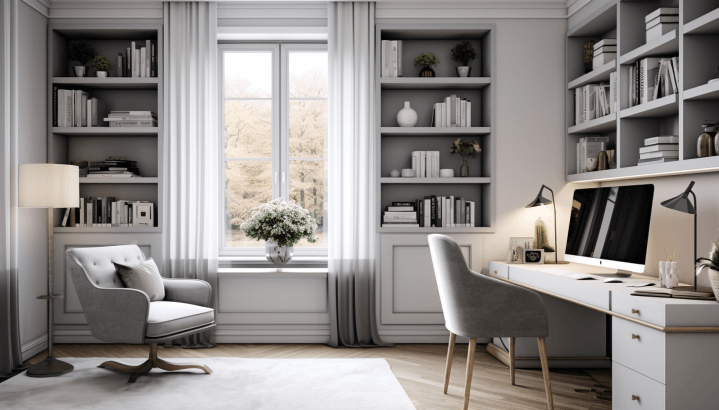
In this day and age of telecommuting, having a home office that can be arranged according to your preferences and requirements might help make the monotony of participating in countless Zoom calls a little bit more bearable. In this day and age of telecommuting, having a home office that can be arranged according to your preferences and requirements might help.
Using lighter tones, such as grey or white, might help lighten the space, while warmer tones as accent walls might provide a wonderful background for your computer. Suppose you are more concerned with enhancing your inner psychological well-being and creative ability. In that case, you should select warmer and deeper tones of green, coral tones of peach, or brilliant shades of yellow as your primary colours. These hues are likely to have a calming effect on you.
Kids Room
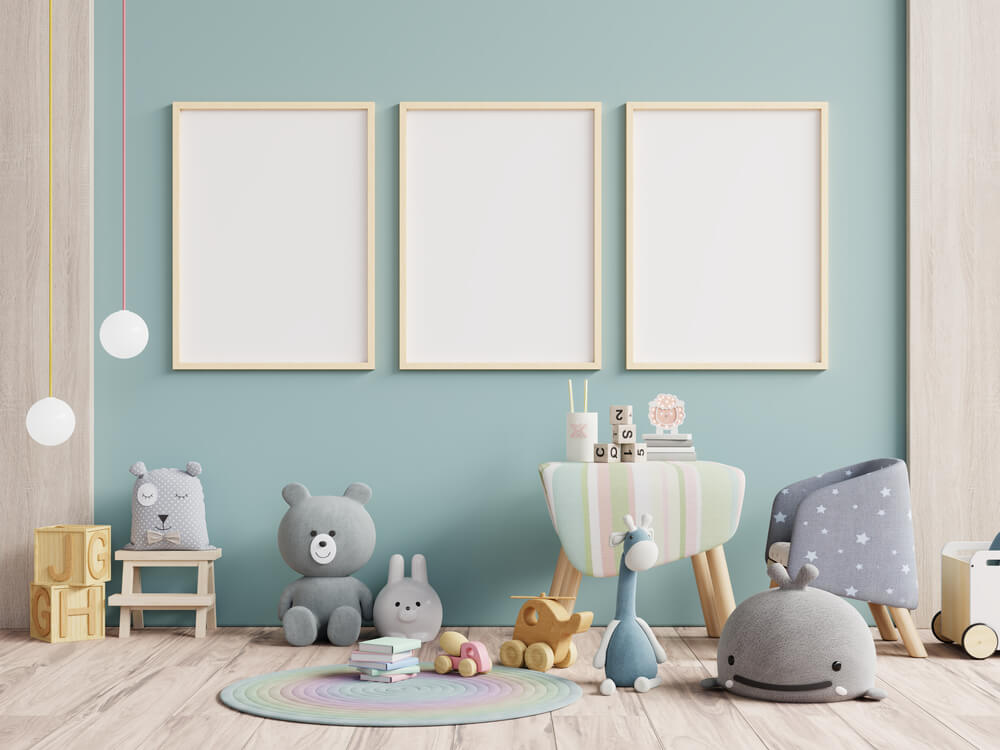
The colour you decide to paint the walls of your child’s bedroom will significantly impact the space’s disposition and ambience. In addition to this, by carefully selecting colours for your space, you may end up with an atmosphere that is reassuring and comforting. If you are attempting to stay true to a particular concept, you should use shades of the colour you have chosen to work with that are more muted and subdued. If you want to add a touch of surprise in addition to more colour and vibrancy, you should make sure to choose hues with a higher degree of brightness. This decision will also assist in drawing attention to the natural light that is already present in the room.
Bedroom

Your bedroom is your haven; it’s where you go to escape the worries and pressures of your day-to-day life. Additionally, it is where you go to make time for all the activities that bring you joy, such as reading that book you’ve always wanted to read, watching that television show that’s been all over the news, or simply listening to calming music. At the same time, you get a restful night’s sleep.
Your bedroom is your haven, where you go to get away from it all and indulge in the activities that bring you the most joy. Because of this, it is strongly suggested that you go with relaxing colours, such as a calm shade of blue or pastel tones of pink or purple. Your space will acquire a calming vibe from this, reflecting the zen and peace you intend to introduce to this location.
Bathroom
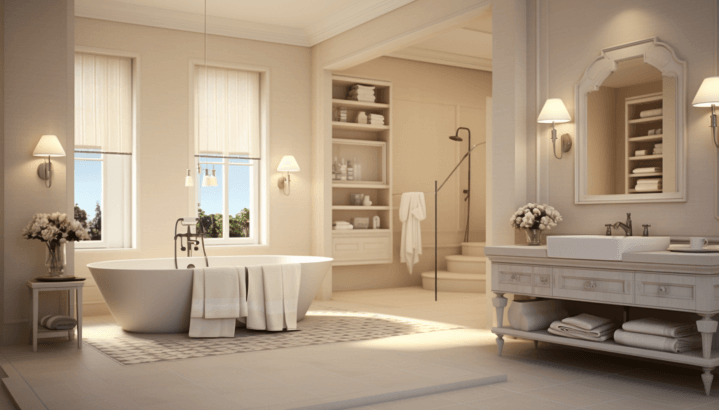
Try painting the walls in your bathroom a calming colour, such as green, blue, or creamy white. This will help give your bathroom a more contemporary look and feel.
Kitchen walls
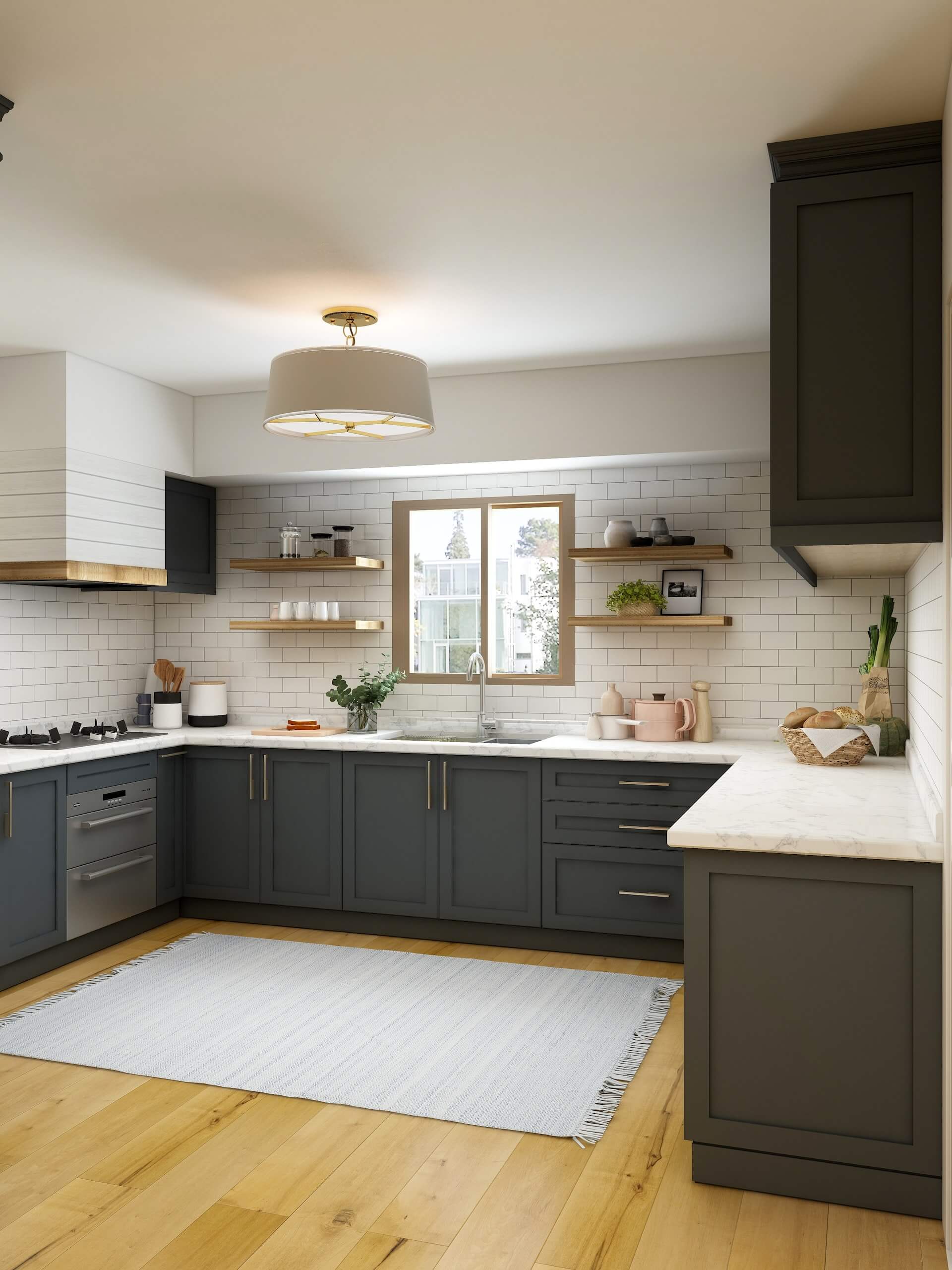
It’s true what they say: the kitchen is where all the magic happens! Food is prepared into delicious meals that are also good for you, which sate the appetite and supply the body with the nutrients it needs. It is a setting that demands nothing less than colours that are appetising and inspire all people, whether they are Master Chefs, experimental chefs, or gourmets. This is because the atmosphere demands nothing less than appetising colours that inspire everyone. When we want to breathe some new life into the kitchen, the colours green, orange, and yellow are the ones we often turn to.
Guest room
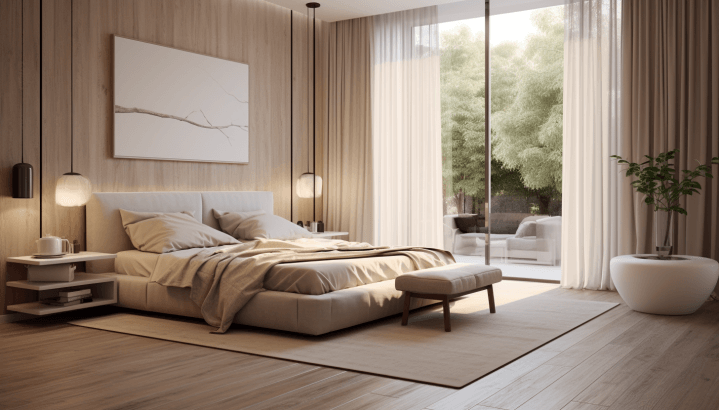
Any guest will have a better overall experience in a room decorated in subdued tones. One of the colours we recommend is one on the paler side, such as beige or a lighter shade of brown, as demonstrated in the example. It will undoubtedly give the impression that the room is bright and spacious, giving your guests a sufficient room to remain there for their visit.
10 Useful Suggestions Regarding the Interior Wall Paint Colors
Are you having difficulty deciding which colour would look best on the walls of the rooms inside your house, even though you want to get it just right?
You are incredibly fortunate to be in the right place at the right time. When it comes to putting together a house, painting the interior walls is something that many people consider to be an essential responsibility.
You must choose the appropriate paint colours for your property, regardless of whether you are painting it for the first time or want to re-paint it to conform to the colour trends that will be prevalent in the year 2022. This holds whether you are painting it to conform to the colour trends that will be prevalent in the year 2022 or if you are painting it to conform to the colour trends that will be
Because you need to plan everything, the work involved will be quite challenging. This includes conducting an analysis of the numerous available colour options, as well as formulating a plan for realising your ideal design.
Let’s look at how we can make the process more enjoyable while also finding ways to streamline it. The question is, how exactly does one go about selecting the ideal paint tones for their home?
Tip1:
The first thing you should do after choosing your furniture and decorations is to figure out what colours you want to paint the walls of your home.
It is only natural for you to want to start with the more significant tasks. Still, you must evaluate the various strategies to figure out which one is the least challenging and will result in the best outcomes. It is easier to begin by arranging the furniture and decorations first and then to choose the wall colours following those arrangements after you have completed the initial furniture and decoration arrangements.
Tip 2:
The second piece of advice is to begin by conducting some research on the most suitable hues and patterns for the interior walls.
Which colours are being used most frequently for wall paint these days? What colour schemes should I use when decorating the interiors of my home to look their absolute best?
These are some of the most critical questions you need to ask yourself, and you must do it right now. Conducting preliminary research before beginning any procedure is essential, as this will help ensure optimal results. Reading about the many different colour schemes for
painting that are currently considered to be trendy is one way for you to acquire a fundamental understanding.
Tip 3:
Ensure that the colour you choose to paint the walls is well-balanced and impartial. Find the spot in the room where you want people to focus and direct their attention there. If you want the utmost attention to be focused on the walls, you should paint them in daring and brilliant colours. If you want people’s attention to be drawn to various elements within the room’s design, choose designs with few details and colours that are muted or neutral.
Tip 4:
You need to get some sample paints in a few different colours or tints, then paint a broad area on several different walls so that you can see how the light reacts to the paint at various times of the day. By doing so, you may be able to obtain the best ideas possible for painting the interior walls of your home, ideas that will make the area look fantastic at all times of the day and night.
Tip 5:
The fifth advice is to try out potential paint colours on your existing furnishings and textiles before committing to them.
In addition to assessing the paint on the walls, you should also test them by rubbing them against the furniture and other items in the room.
You can see how well different pieces of furniture and textiles go together by painting a piece of poster board and then comparing it to the items. This will provide you with an indication of how well they complement one another.
Tip 6:
Paints with a sheen will draw attention to flaws; consequently, if you want to conceal imperfections, you should use paint with as little shine as possible. There are many different sheens, the most common of which are flat matte, flat enamel, eggshell enamel, satin enamel, semi-gloss enamel, and high gloss enamel.
Other sheens include eggshell enamel, satin enamel, and high gloss enamel. It is necessary to conduct exhaustive testing before deciding on a sheen because every sheen has a distinctive quality.
Tip 7:
If you want to avoid getting a very dark undertone of the colour you want on the wall, test the colour that is the darkest on the strip first on a very small section of the wall. This will allow you to avoid getting the undertone you don’t want.
It is essential to have a solid understanding of the differences that exist between a cool undertone and a warm undertone. It is important first to consider how the undertone you choose will affect the overall appearance of your interior before deciding which undertone to use.
Tip 8:
Experimenting with colours is a great idea, but you must remember that every room in your house needs to flow into the next.
This will help ensure that your house looks cohesive. Ensure that the fundamental colour scheme you’ve chosen is used consistently throughout your decorating. You must carefully consider the wall paint colours you choose for your interior space to ensure they complement all the different features.
Tip 9:
You shouldn’t use more than three hues, so set a limit for yourself. This strategy is the most effective one to use in any given environment. Bright, medium, and dark colours can be achieved with a ratio of 6:3:2, respectively. If you use this method, you will be able to achieve a more uniform finish.
Tip 10:
The colour wheel is a graphical representation of how the colours on a paint palette are laid out about the range of tones each hue offers. As it progresses, red can be found in various subtly different tones, including pink and orange. These tones can be distinguished by their proximity to one another.
Bottom-line
Thanks to the house painting colour ideas that we have provided for you, you can now select the appropriate paint colours for your interiors, giving you more control over the appearance of your home.
The same fundamental principle governs the configuration of the many additional colours. If you want the widest selection of colours and patterns for interior wall paints, it is recommended that you make your paint selections based on a colour wheel. This will give you the most options.
FAQs
Q: I was wondering if it would be all right if I decorated the living room in warmer tones. Can I?
In the living room, you could use warmer tones. However, you should be aware that doing so will make the space appear cosier and more constrained than anticipated.
Q: Do you mind if I use blue as the primary colour in my bedroom decor?
Blue is frequently chosen to be one of the colours used to decorate a bedroom because of its reassuring effect.
Q: Do you mind if I use some brighter colours in the room where I do my studying?
It is recommended that study areas be decorated in vibrant colours because these colours help people concentrate more effectively and remain awake for longer.
Q: What colours are people using for their exterior paint these days?
White, grey, and cream are some popular light colour choices for painting the exterior of a house. These hues have been fashionable for a considerable time and are popular.
Q: When is the most convenient time to paint a home or business?
Because the drying of the paint is closely tied to the temperature and circumstances at the time it is applied, the best time of year to paint a house is during the warm and dry months of the year, such as the summer. This is because the drying of the paint is closely tied to the temperature and circumstances at the time it is applied.
